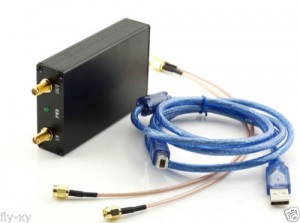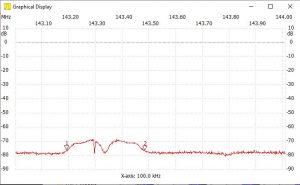I’m considering adding solar power to my house. I’m not interested in leasing. The cost of solar power continues to plummet and now soft costs (non-hardware) are about half of the total cost. The national average cost installed before incentives is now around $3.6/Watt and Maryland costs are around the national average. Interestingly, America is still the most expensive country in which to install photovoltaics; in Germany it is *much* less expensive…the free market doesn’t seem to be working so well in that regard (much like our health care or telecommunications systems).
Although the green aspects of solar power appeal to me, it needs to make financial sense too. In 2014 I paid $2130 for delivery of an average of 1328kWh/month = $178/month ~= $0.134/kWh. electricity. Given Maryland’s daily hours of insolation (around 4.2), to offset my usage I’d need a 15kW system which would cost around $54K before incentives/rebates/etc.
I met with a reputable local solar installer and received a quote; they performed a detailed analysis of my house roof and estimated that my maximum array size would be 46 panels x 270W/panel = 12.42kW. Given the panels’ locations, angles, etc. they estimated that they would generate 1093 kWh/kW/year or 13,570kWh/yr. They did not use any sales pressure tactics and were very professional. They used some higher end equipment and their terms are outstanding; the total cost was estimated at $48,680 (before credits) or $3.92/installed Watt which is somewhat higher than average ($3.6) but not unreasonably so given their warranty/support.
There is currently a federal 30% rebate and a $1K Maryland tax credit on the purchase of panels which brought the installed price to $33,426 ($2.69/installed Watt). Maryland further adds Solar Renewable Energy Credits or SRECs for the energy you actually generate which traded at an average of $0.14/kWh in 2014. This would yield an additional $1900/yr, but there’s no telling how long that will last.
The panels are permanent…the cost to remove and re-install would be prohibitive so they effectively become a part of the house. Moreover, the cost of solar (and therefore the value of the panels) will continue to decline; the SunShot initiative targets an installed cost of $1 per installed Watt by 2020 and panel and inverter technology will surely continue to improve and the panels themselves have a limited (20-30 year) life…usually 25 year guaranteed. So you can assume the panels have no value at the end of their life.
In some ways, with SRECs, this looks pretty appealing: $4K/yr * 25 years = $100K which corresponds to a 4.5% rate of return on the original $33K investment. Moreover, although it has declined recently, electricity inflation has averaged 2-3% for the last 20 years, so the rate of return is really more like 6.5% to 7%.
The remaining question for me is how the scenario plays out if you sell your house before the end of the panels’ life (i.e. if you sell after 10 years, what value do the panels retain since they will continue to generate money for at least another 15 years)?
Update: Although I was very impressed with the solar company: Astrum Solar (now Direct Energy Solar) I ultimately decided against it. If I were very confident I’d be in this house 10 years from now, I would buy the panels and I’d buy them from Astrum – they were very professional. However the numbers didn’t work for me. My house is fairly energy efficient and we have gas heat and hot water so our electric bill is already pretty low. As a result, the ROI was 10+ years and if we decided to move after the kids were in college (6 years!), we’d potentially take a big loss on the system. A realtor friend told us that panels don’t really affect the house price one way or the other; i.e. the panels would convey for free to the next owner or we’d have to go through an expensive process to have them taken down, shipped, and re-installed on the next house. It’s just too big a risk.
It really amazes me that so many people enter into very long-term solar leases given the onerous costs if the lease is broken. Leasing effectively requires any future buyer to assume the lease which might seriously encumber a sale.




